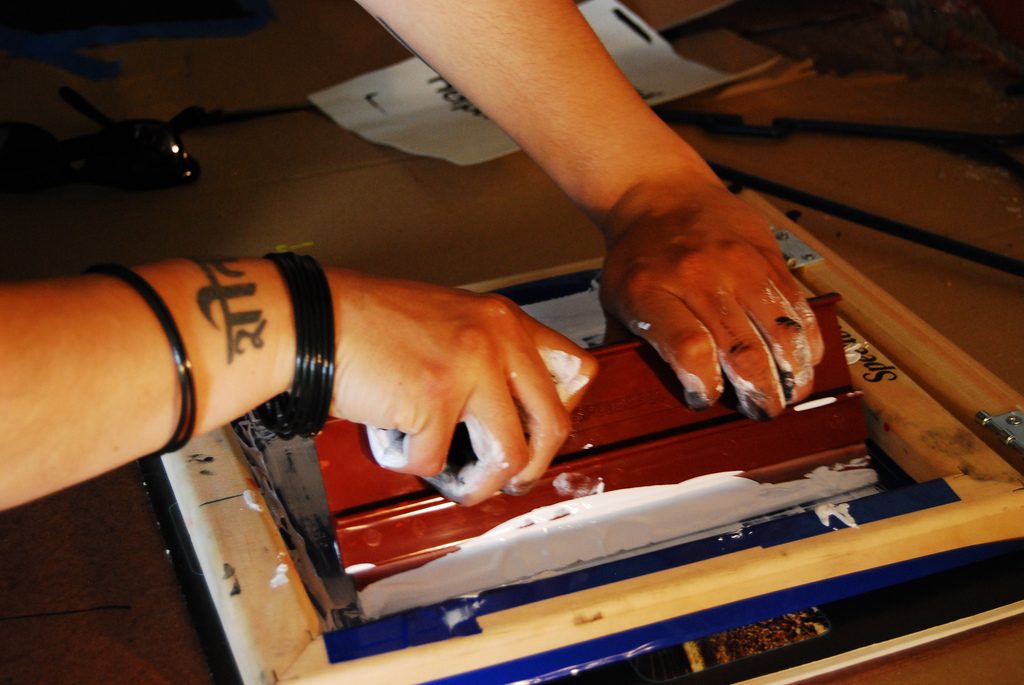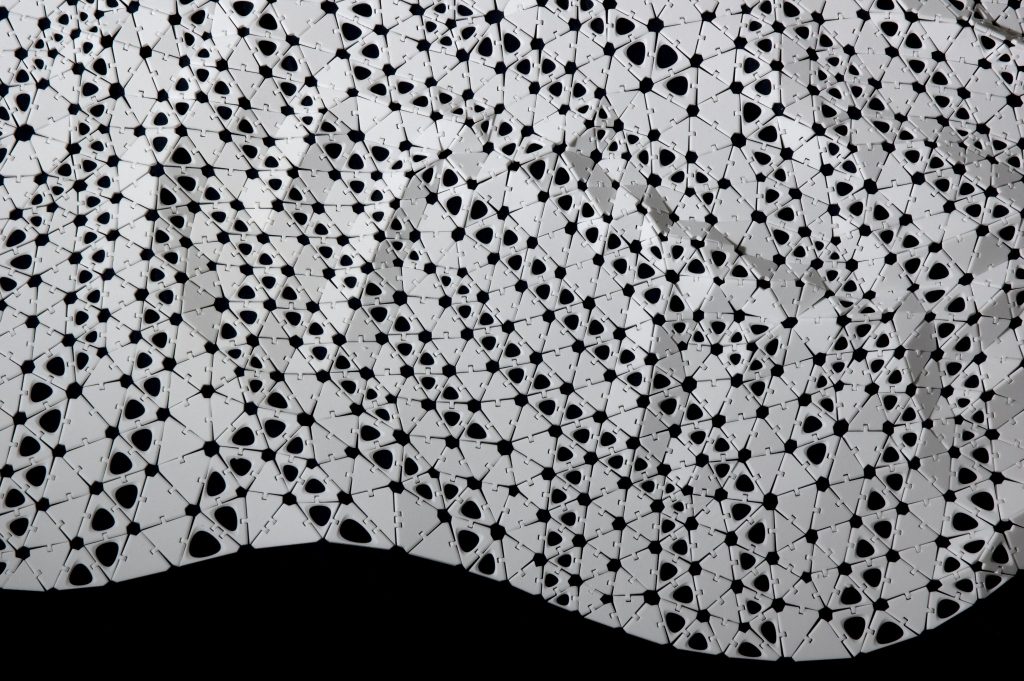A collaboration between the Swedish University of Borås; French universities GEMTEX and Université Lille Nord; and the Chinese College of Textile and Clothing Engineering have published an investigation into the direct 3D printing of PLA onto fabric.
The research is funded by the European Commission’s Erasmus Mundus Programme, encouraging collaboration to achieve a universal goal. The study, Investigation of the adhesion properties of direct 3D printing of polymers and nanocomposites on textiles: Effect of FDM printing process parameters, published in Applied Surface Science January 2017 is concerned with the Sustainable Management and Design for Textiles (SMDTex).
Water in textile manufacturing
In traditional textile manufacturing, water is invaluable. According to figures from WWF Global, it takes around 20,000 liters of water to produce 1kg of cotton. In post-processing, water is also used to print designs onto the fabric.

Using 3D printing in place of typical screen or inkjet printing techniques could, as the report states, “avoid unnecessary use of water” in addition to “energy [and] chemicals” and, overall “improve ecological footprint and productivity” of fabric printing.
PLA: durable, sustainable and ecological
PLA as a material has many synthetic qualities that make it desirable: it is lightweight, waterproof, and holds color well. Additionally, it is more sustainable than other synthetic fibres as it is made from corn rather than petrol. This is why the SMDTex researchers chose PLA as the main focus of their study.

The research looks at four different polymer combinations on synthetic fibers, analyzing how well the materials adhere to each other. The combinations were,
- Nylon on Nylon 66 fabric – as a PLA alternative
- PLA on Nylon PA66
- PLA on PLA fabric
- And PLA containing carbon black on PLA fabrics
With further emphasis on cost, the research used commercially available materials and a two-head WANHAO Duplicator 3D printer for the study.
Experiments found that adhesion of PLA to fabrics depends chiefly upon the balance between a platform temperature that heats the fabric, and the temperature at which the PLA is extruded.
In order to achieve adhesion, both polymers have to be in the ‘flow’ state of matter, rather than the ‘glassy’ point, when they become hard and the molecule chains within the polymer are immobile.
Smart fabrics of the future
Conclusions show that PLA based filaments showed greatest adhesion to PLA fabrics.
As PLA can be reinforced with all manner of materials, i.e. the carbon nanotubes in this experiment, it gives scope to using the process for manufacturing smart materials that have enhanced functionality. Possible uses suggested by the paper are:
smart bandages, virtual reality gloves, wearables with sensor and heat properties, safety equipment for the defense industry, unique sportswear that manages body temperature, medical equipment, automotive, aviation and aerospace accessories
In 2016, Israel-based 3D printed electronics company Nano Dimensions used their DragonFly 2020 3D Printer to create an electrically charged fabric.
Fashion designers, such as those featured in 3D Printing: The Good, The Bad and The Beautiful exhibit in Lincolnshire, UK, are increasingly harnessing 3D printing to push boundaries of materials and design.
These smart-garments have the potential to fulfil human need better than current fabrics, and integrate with the IoT vision of a world in which devices talk to each other.

For more news direct from 3D Printing Industry, you can follow us on Twitter, like us on Facebook or sign up to our newsletter.
Featured image shows a cotton field in Missouri. Photo via: University of Missouri College of Agriculture, Food and Natural Resources (CAFNR) on Flickr


